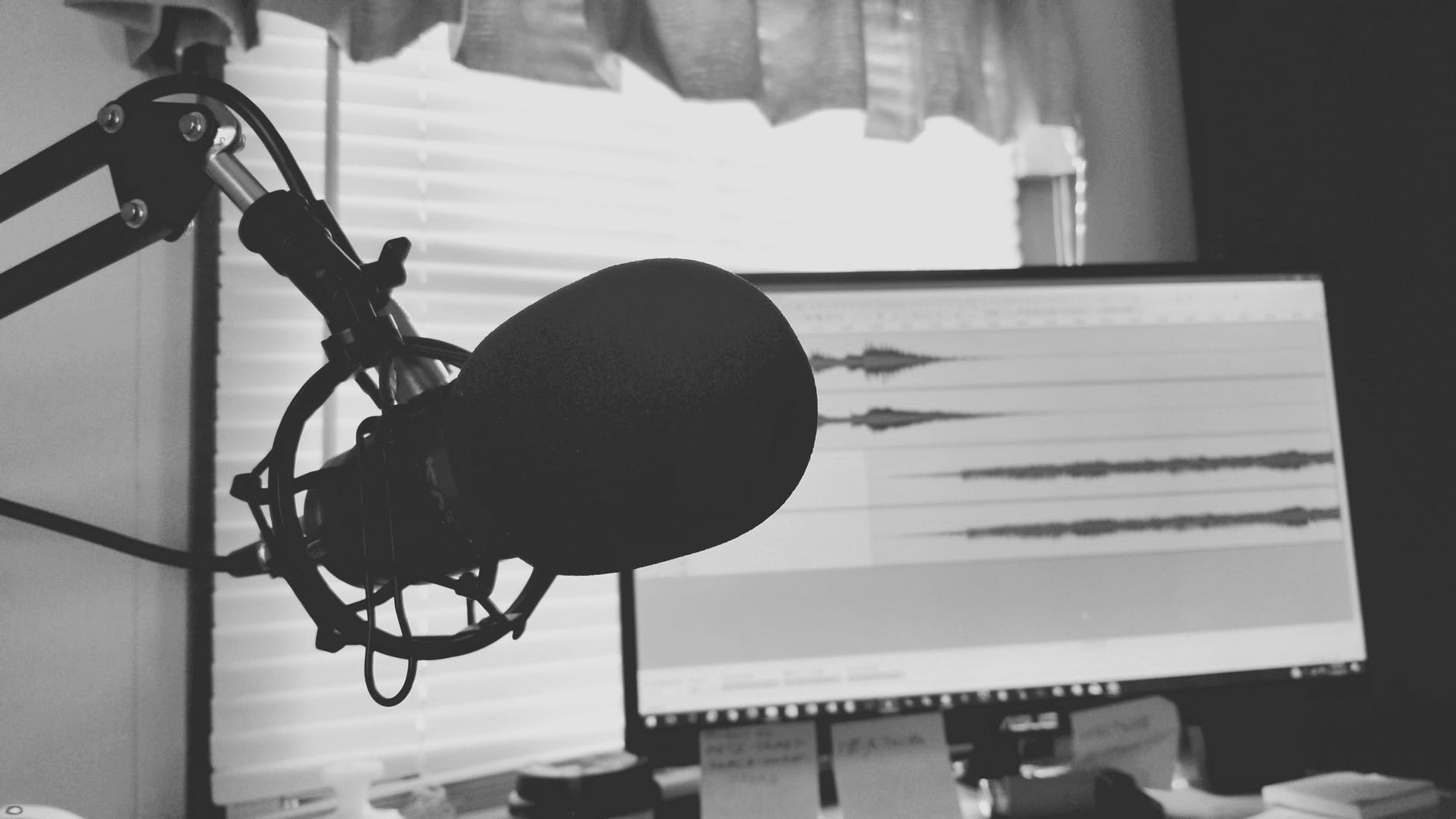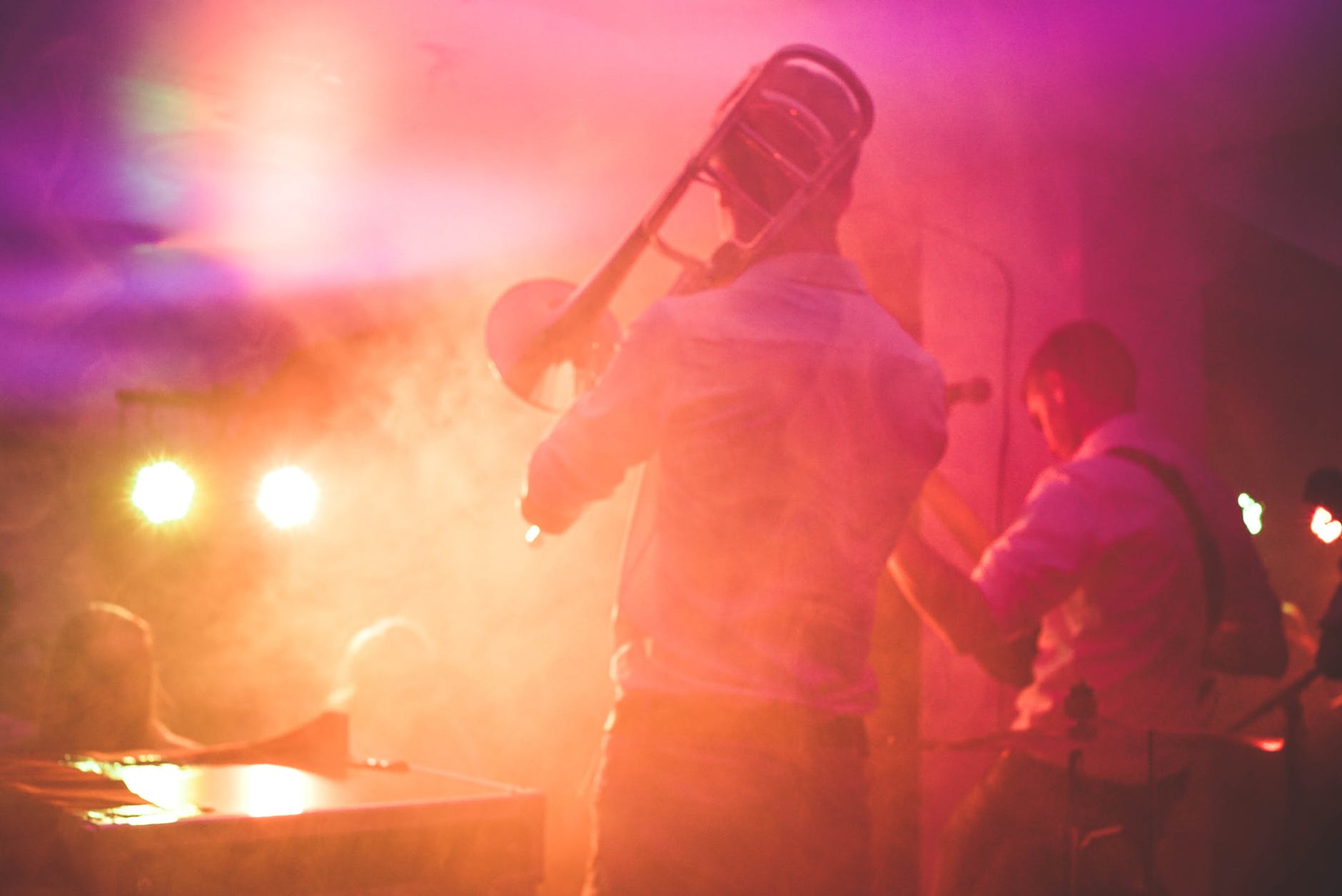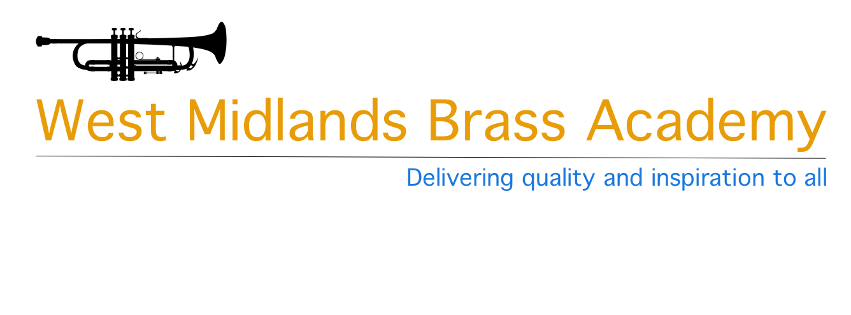One of the most noticeable things since music and the arts have been completely closed down is the way in which online perfomance and video concerts and competitions have sprung up.
One of the first things I tried was to see if we could organise an online live rehearsal. That proved to be a particulalry bad idea, the lag on video conferencing sites made playing together an impossibility as the different lag rates worked to make sure that no one could actually work out exactly where everybody else was playing so that didn’t last very long. Looking around the internet there are some online platforms who claim to have solved the problem, one of the most well known being Jamkazam. This looks promising but a quick read of the comments and reviews shows that although it works for small groups of up to about four players it does start to have problems if used with larger groups.

So we had to look at other solutions and the first idea was inspired by a lot of remote video recordings that bands had started to share on social media, where as many players as possible recorded their part against a click track and they were mixed together to form a whole band performance. So far so good and players were quite eager to get going with this despite some early anxiety about recording against a click track, which are downloadable from the Internet. This all went fairly smoothly except for two problems. First, timing became interesting, and although most players managed to play reasonably well together with the click track there were problems counting more than a couple of bars rest. However, this was easily resolved in post-production as it is a fairly straightforward matter to insert or cut out a silent part. Tuning though is a different matter. Players were asked to tune to A=440 but it soon became apparant that however well this was done the lack of other players around to give a point of reference was quite a significant problem. Post-production cannot solve this problem and the only option is to try and fine tune the volume of the parts to reduce it’s impact.
Finding a software to mix videos with though was far from straightforward and although there are several available with free versions that had enough functions for our purposes ease of use was extremely variable. As someone who had never been involved with video creation and editing I was looking for something which was easy to learn but several of those recommended seemed very unhelpful when you tried to find out what was actually going on. I finally settled on Shotcut, an open source free software that is relatively straightforward to use and has pretty comprehensive support through lots of tutorials. There are also plenty of training videos on YouTube which also proved very helpful.
Once the videos were mixed and published the result was surprisingly good and those who recorded their parts were also pleased with how it all turned out. We have now made four videos and just embarking on a fifth which will be a lasting reminder of one way we kept up some playing during lockdown.

Another event which has proved popular are regular virtual concerts, players submit videos which are then broadcast to the audience via a shared Zoom screen. Most players have used their normal brass instruments but it is refreshing to occasionally hear music from something other than brass as some players play other instruments as well.
None of this replaces playing together in a band but while we are unable to meet it does mean that there is something to practice for and saves instruments gathering dust. What seems to be most appreciated though is that band members keep in contact and can talk about, and moan a bit, the world and keep up with what is going on.



